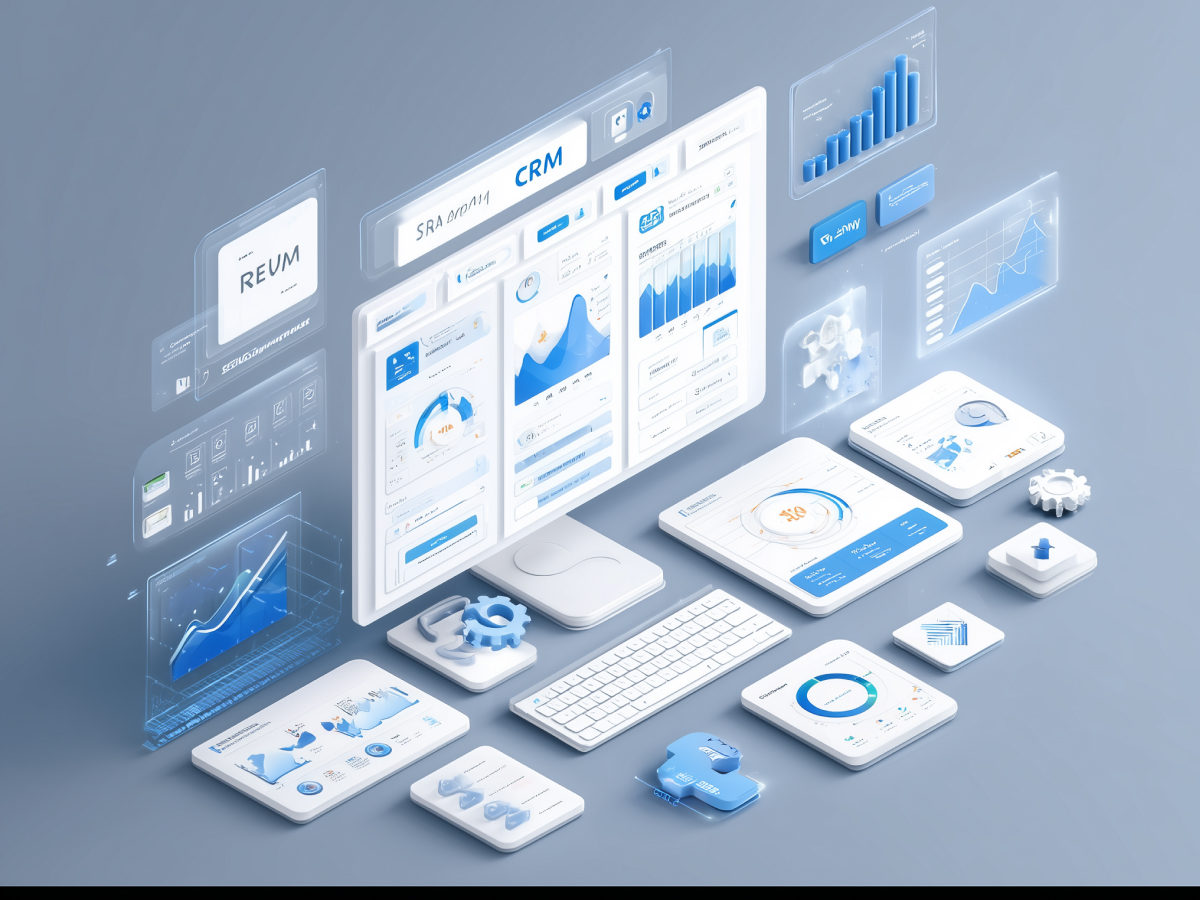Global IoT connectivity revenues are steadily increasing
IoT is no longer in its early experimental phase. It’s here, scaling fast, and generating results. In 2024, global IoT connectivity revenues rose by 12%, hitting €14.2 billion. That’s not a flash in the pan, that’s a structure forming. Behind that growth is a broader shift: technical standards are stabilizing, devices are cheaper and better, and real-world use cases are delivering outcomes at scale.
For executives, this is the moment to double down. Growth in revenue signals maturity, not hype. Markets are demanding reliable infrastructure and integrated IoT services. Enterprises are already moving beyond POCs and into full-on deployments. Reliable connectivity is the foundation. Without it, automation, monitoring, or real-time control across industries doesn’t work.
C-suite leaders should keep a close eye on where this growth is consolidating. Whether it’s logistics, manufacturing, or urban infrastructure, the companies investing early in scalable connectivity platforms are setting themselves up to capture long-term market share. Keep this simple, if it’s connected and performing well, it’s creating value. The numbers show that’s happening now at scale.
The number of cellular IoT connections is growing faster than revenue
This is where it gets interesting. IoT device volume is soaring, but the average revenue per user (ARPU) is trending slightly down. There’s been a 14% increase in subscriptions in 2024, up to 3.8 billion connected devices. That’s about 30% of all mobile users worldwide. At the same time, ARPU declined by 5%, going from €0.33 to €0.30 per device per month.
The takeaway for executives? You’re scaling fast, but value extraction per unit is under pressure. That’s fine, typical in a growth phase, especially one driven by volume rather than differentiation. Still, this is a signal. Margins will get tighter when scale isn’t matched by service differentiation or innovation around the offering.
This market needs to evolve from commoditized connectivity into service-based monetization. Don’t just connect, optimize. If you’re in a position to enhance your IoT stack with security, analytics, or AI-driven operations, now is the time. That’s where the value will come from as ARPU stabilizes or continues to compress. Leaders who think long-term will prepare for this margin curve and leverage it.
Robust future growth is projected for IoT deployment and connectivity revenues
Over the next five years, cellular IoT isn’t slowing down. It’s accelerating, with scale, with reach, and with increasing relevance across industries. By 2029, we’re looking at 6.4 billion connected IoT devices, and €22.4 billion in annual connectivity revenue, according to Berg Insight. That’s a significant shift in volume and monetary output, driven by steady infrastructure investments and expanding business cases.
For business leaders, this isn’t just nice-to-know, it’s critical planning material. The growth, while large in absolute terms, brings tighter competition and thinner margins. While connections are expected to grow at an 11% CAGR, revenue is projected to grow at a slightly lower 9.6%. The implication is clear: everyone is scaling, but not everyone is winning on revenue share. If you’re building a product or platform, connectivity can’t be treated as a cost center anymore, it’s a strategic lever.
It’s also a timing game. Companies that get positioned now, securing cross-border connectivity, setting up embedded SIM arrangements, or investing in flexible pricing models, will capture early scale advantages. Waiting will only increase the effort required to catch up. If your teams are working on IoT roadmaps, layer this trajectory into your investment horizon. The scale is forecasted and the infrastructure is maturing.
China is the global leader in cellular IoT connectivity by volume
If you’re looking for volume, look at China. The country accounts for 70% of all global cellular IoT connections, 2.7 billion as of the end of 2024. That’s not a temporary lead; it’s structural, supported by national policy and executed across industries. China Mobile leads the pack with 1.42 billion connections. China Telecom and China Unicom follow closely with 628 million and 625 million connections, respectively.
This lead isn’t accidental. Government policy actively supports large-scale IoT deployments in China, not only for economic gain but also to solve core public challenges, like traffic flow, energy usage, public safety, and urban infrastructure efficiency. The private sector, in turn, has been pushed to align with these national tech goals. It’s orchestrated, and it works.
From a leadership view, it’s important to understand that geopolitical context drives adoption just as much as market demand. China’s scale and speed have made it the testing ground and proving ground for widespread IoT deployment. If you’re operating globally, make sure your IoT strategies are not one-size-fits-all. What works in Asia might require regulatory flexibility, faster scaling capabilities, and localized partnerships. What’s clear is that China’s IoT footprint is setting the global benchmark for volume.
A concentrated group of mobile operators dominates the IoT connectivity market
We’re seeing clear consolidation in IoT connectivity. The top 10 mobile operators globally now account for 86% of all active cellular IoT connections, 3.3 billion out of 3.8 billion as of the end of 2024. That’s not a coincidence; it’s tied to infrastructure scale, global reach, and aggressive investments in international roaming and partner networks.
For executives, this means the competitive landscape isn’t evenly distributed. A handful of players are shaping how IoT connectivity works globally, pricing, reliability, roaming behavior, and even SIM form factors are influenced by their strategies. If your business relies on large-scale or multi-region deployment, your choice of mobile network partner impacts total cost of ownership and operational flexibility.
In Western markets, Vodafone leads with 204 million connected IoT devices. AT&T holds fifth place globally with 143 million connections. Other key players include Deutsche Telekom and Verizon, each managing somewhere between 56 and 60 million devices, and additional major players like KDDI (49 million), Telefónica (45 million), and Orange (37 million). These operators continue to grow steadily, between 5% and 26% per year, as they build out IoT-specific infrastructure and service portfolios.
The question for business leaders isn’t only which operator to partner with, but how to structure those deals. Global scale brings opportunity, but it also locks you into dependency on a small group of providers. Understand their market focus, regional strength, and long-term commitment to IoT because your uptime and deployment success may ultimately rest on their infrastructure.
IoT managed service providers are key ecosystem players
Not every enterprise needs to build direct relationships with major mobile carriers, especially smaller or vertical-focused businesses. This is where IoT managed service providers (MSPs) enter and create real value. These companies act as full mobile virtual network operators (MVNOs), combining roaming capabilities with localized access, often across hundreds of countries. Many layer on vertical-specific services, like real-time diagnostics for logistics, or compliance modules for healthcare, that go beyond basic connectivity.
In 2024, managed service providers collectively handled over 200 million cellular IoT connections and brought in about €1.8 billion in annual revenue. They’re not focused on mass volume, they’re focused on quality, flexibility, and deploying fast across fragmented markets. That’s important for businesses wanting global reach without heavy internal infrastructure commitments.
Executives building multi-region or regulated-market products should look closely at working with these MSPs. Many of them, like KORE, Wireless Logic, 1NCE, or Giesecke+Devrient, already operate with deep regulatory and technical experience. They offer APIs, centralized provisioning platforms, and integrated analytics. If you want control, fast scale, or the ability to swap out carrier relationships as needed, this is a strategic route.
Key executive takeaways
- Revenue momentum is real: IoT connectivity revenues reached €14.2B in 2024, up 12% year over year. Leaders should view this as a solid signal of market maturity and consider scaling into connected offerings while infrastructure investments remain favorable.
- Scale outpacing profit: Device connections rose by 14% in 2024, but ARPU fell by 5%, reflecting tighter margins. Executives should push for differentiation through value-added services to maintain revenue quality despite rising volume.
- Growth trajectory clear: Forecasts show 6.4B cellular IoT devices generating €22.4B by 2029, with an 11% CAGR in device count. Now is the window to invest in adaptive platforms and partnerships to secure long-term positioning in a rapidly expanding ecosystem.
- China’s lead is structural: With 2.7B connections, 70% of the global base, China dominates through proactive government support and centralized execution. Global leaders should align regional strategies with regulatory dynamics and expand through local partnerships where national support is strong.
- Market power is concentrated: The top 10 operators hold 86% of global IoT connections, with Vodafone, AT&T, and China Mobile leading. Decision-makers should partner strategically with these major players or build multicarrier strategies to avoid vendor lock-in.
- Managed providers drive flexibility: IoT MSPs like KORE and Wireless Logic manage over 200M connections and €1.8B in revenue, offering global reach with value-added services. Enterprises needing faster, more agile deployments should consider MSPs to reduce complexity and accelerate scale.





